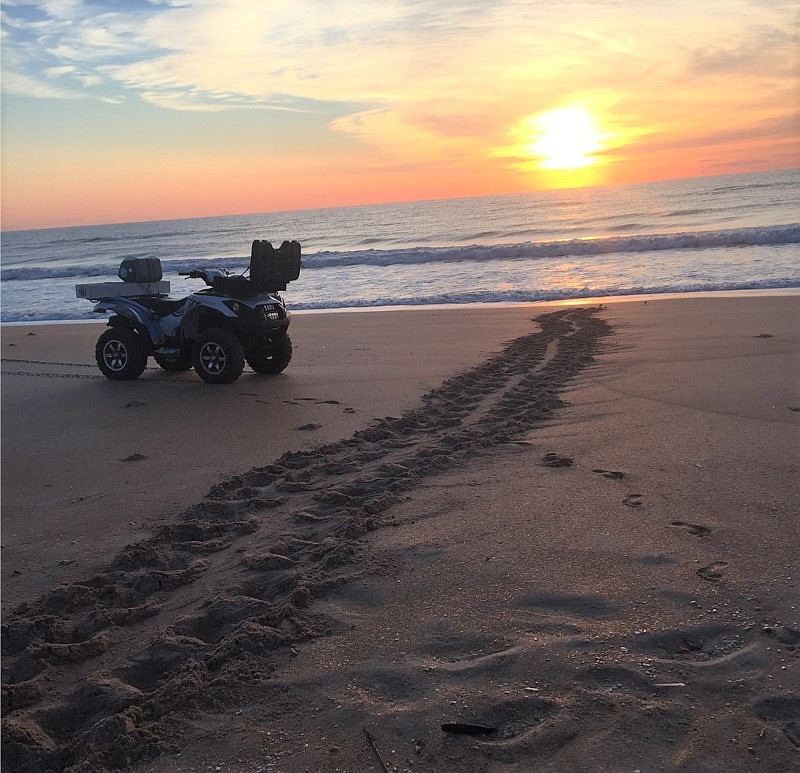- November 23, 2024
-
-
Loading

Loading

by: Corey Comstock
What a wild and wooly year has passed since last year’s turtle season, but here we are again already. With a zigzag smile, sea turtles blink their wide eyes and hustle by like an underwater frisbee. My son, Greg, and I once snorkeled alongside a pair of green turtles in Antigua for a good 20 minutes and felt honored every second.
Turtle season began on May 1 and continues up to Oct. 30 and there are some things that you should remain aware of to give these beautiful creatures every chance to nest and allow their hatchlings to reach the sea.
There are five species that make their way onto our Florida beaches, but only two of them are prevalent this far north: the loggerhead and the green turtle. We get a handful of leatherbacks each season, and every once in a great while, a Kemp's ridley.
They vary in size from around a hundred pounds (Kemp's ridley) all the way up to seven feet long and 1,500 pounds (leatherback). Some of these turtles will astound you with their national travels as they paddle as far north as Novia Scotia. Check out conserveturtles.org for some mind-boggling turtle treks.
Because they have to avoid predators, obstacles, and hardships to achieve maturity at about twenty-four years, only one in a thousand survive to reproduce. Let’s not make it any more difficult for these spectacular animals.
Stop by turtlepatrol.com to learn more.